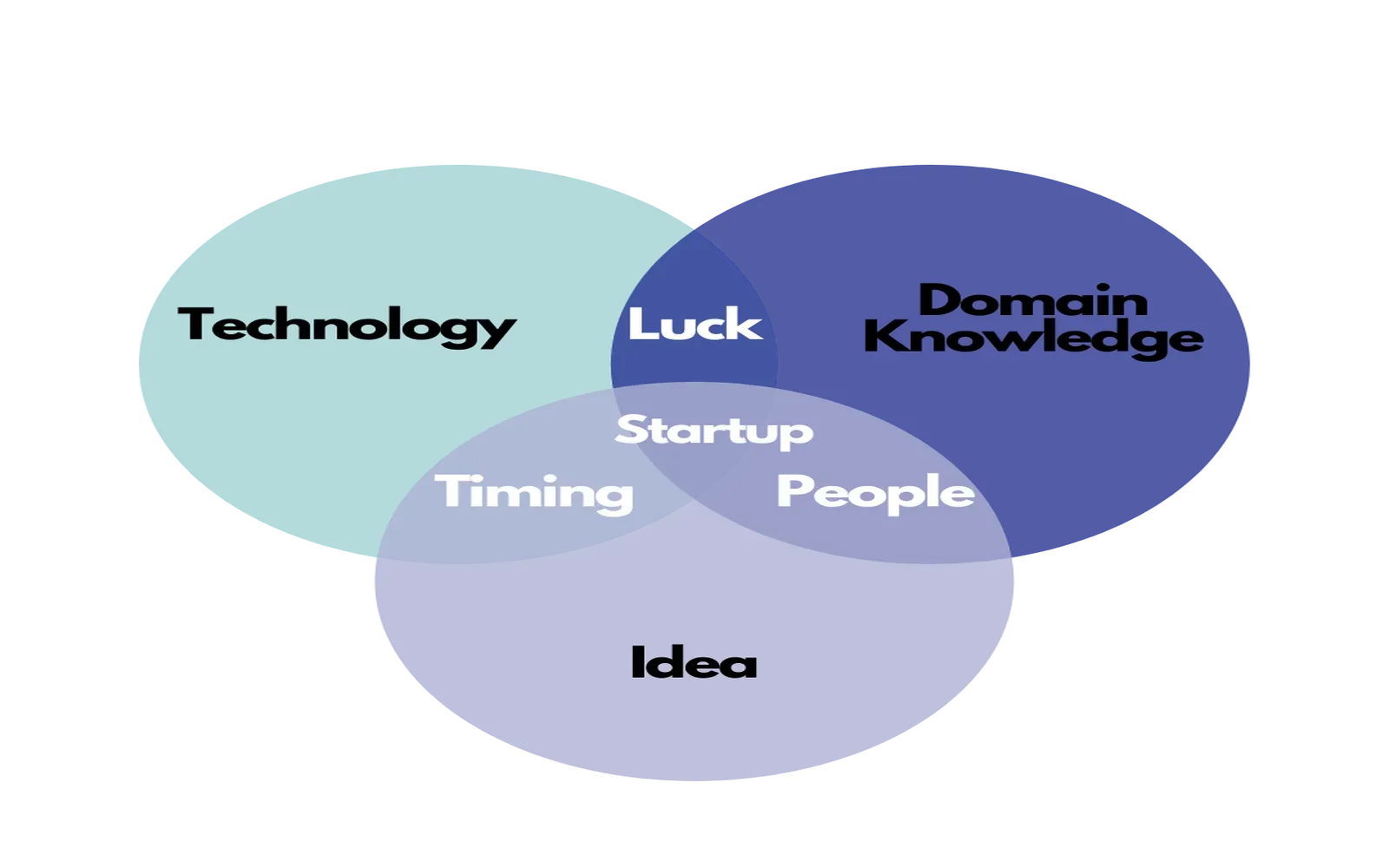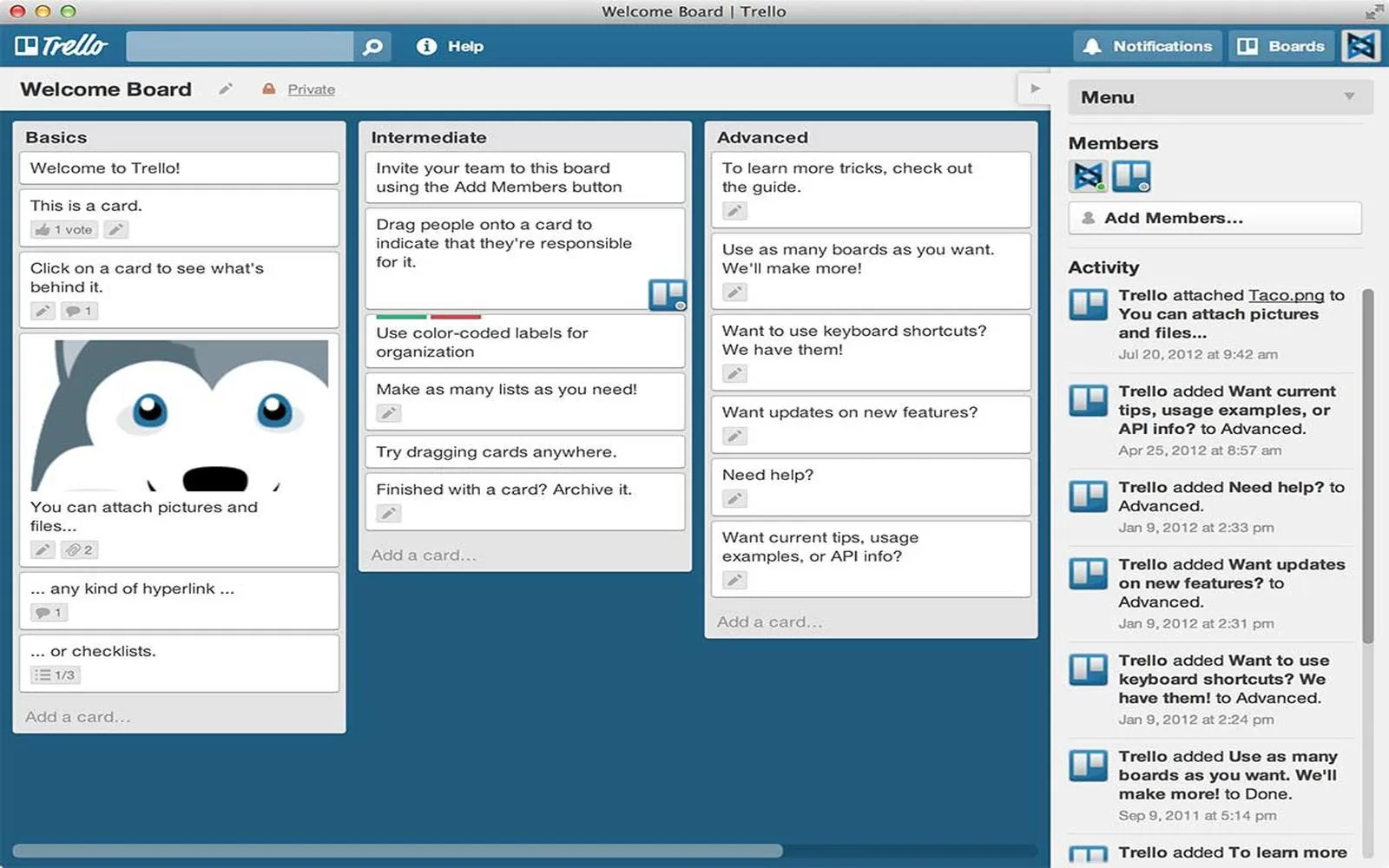Conducting UX research effectively requires collaboration and communication among team members. It's essential to recognize that research is not a solitary endeavor but a ''team sport'' that thrives on diverse perspectives and skills. In this article, we will explore how to conduct UX research as a team, providing valuable templates and insights along the way.
The Importance of Collaboration in UX Research
When it comes to UX research, collaboration is key. Engaging various team members brings different viewpoints and expertise to the table, which can enhance the quality of the research. This approach not only broadens the scope of understanding but also fosters a culture of inclusivity and innovation. Here are some reasons why collaboration is vital:
- Diverse Perspectives: Team members from different backgrounds can provide unique insights, leading to a more comprehensive understanding of user needs.
- Better Problem-Solving: Team collaboration encourages brainstorming and idea-sharing, which can lead to creative solutions.
- Increased Buy-In: Involving team members in the research process helps them feel invested in the findings, leading to better implementation of insights.
Key Phases of UX Research
To conduct effective UX research, it’s helpful to break down the process into key phases. Here’s a structured approach to guide your team:
1. Define Research Goals
Before diving into research, clearly outline your objectives. What questions do you want to answer? What specific user experiences are you investigating? Involve the entire team in this discussion to gather diverse insights.
2. Choose Research Methods
Select appropriate research methods based on your goals. Common methods include:
- User Interviews: One-on-one discussions with users to gain qualitative insights.
- Surveys: Quantitative data collection to understand user preferences and behaviors.
- Usability Testing: Observing users as they interact with your product to identify pain points.
Consider creating a decision matrix to help the team choose the right methods based on your project’s needs and constraints.
3. Develop Research Plans
Once the methods are selected, create a detailed research plan. This should include:
- Timeline: Establish a clear timeline for each research activity.
- Roles and Responsibilities: Assign specific tasks to team members to ensure accountability.
- Budget: Determine any resources or tools needed for the research.
Here’s a simple template for a research plan:
| Research Activity | Timeline | Team Members | Budget |
|---|---|---|---|
| User Interviews | Week 1-2 | Research Lead, UX Designer | $500 |
| Surveys | Week 3 | Data Analyst, Marketing | $200 |
| Usability Testing | Week 4 | UX Designer, Developer | $300 |
Conducting the Research
With your plan in place, it’s time to execute the research. Ensure that everyone on the team knows their responsibilities and the importance of their role in gathering effective insights. Communication is critical during this phase. Regular check-ins can help maintain focus and address any challenges that arise.
Analyzing and Presenting Findings
After collecting data, the team should come together to analyze the findings collaboratively. Here are some steps to follow:
1. Synthesize Data
Gather all research data, whether qualitative or quantitative, and look for patterns and trends. Tools like affinity diagrams can help in clustering similar insights.
2. Create User Personas
Based on the research, develop user personas that represent different segments of your audience. This helps in visualizing user needs and behaviors.
3. Present Findings
Compile your insights into a presentation that can be shared with stakeholders. Use visuals such as charts, graphs, and quotes from users to make your findings more impactful. Here’s a simple template for a findings report:
| Persona | Key Insights | Recommendations |
|---|---|---|
| Tech-Savvy User | Prefers quick access to features | Simplify navigation menu |
| New User | Struggles with onboarding | Enhance tutorial content |
Implementing Changes
Once you have shared the findings, it’s crucial to work collaboratively on implementing changes based on the research. Prioritize recommendations and involve team members in the design and development process to ensure that user needs are met effectively.
Conclusion
Conducting UX research as a team fosters collaboration, enhances creativity, and leads to better insights. By defining clear goals, choosing appropriate methods, and working together throughout the process, your team can create exceptional user experiences. Remember, research is truly a ''team sport'', and the more engaged your team is, the better the outcomes will be.





